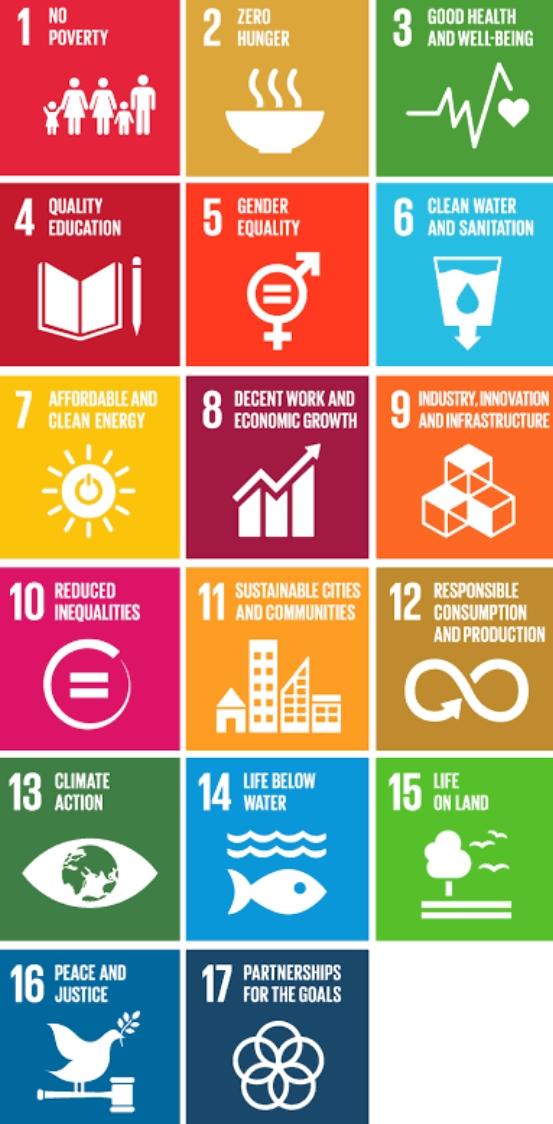*Sustainable Development: A Pathway to a Brighter Future*
The world is facing unprecedented challenges, from climate change and environmental degradation to poverty and social inequality. As the global population continues to grow, it is clear that our current trajectory is unsustainable. Sustainable development offers a solution, providing a framework for balancing economic, social, and environmental needs to ensure a prosperous future for all.
*What is Sustainable Development?*
Sustainable development is a holistic approach that seeks to meet the needs of the present without compromising the ability of future generations to meet their own needs. It recognizes that economic growth, social justice, and environmental protection are interconnected and interdependent.
*The Three Pillars of Sustainable Development*
1. *Economic Sustainability*: This pillar focuses on promoting economic growth and development while reducing poverty and inequality. It involves creating jobs, stimulating innovation, and increasing access to education and skills training.
2. *Social Sustainability*: This pillar emphasizes the importance of social justice, human rights, and equality. It involves promoting access to healthcare, education, and social services, as well as protecting the rights of marginalized communities.
3. *Environmental Sustainability*: This pillar recognizes the importance of protecting the natural environment and preserving natural resources for future generations. It involves reducing greenhouse gas emissions, conserving biodiversity, and promoting sustainable agriculture and forestry practices.
*Benefits of Sustainable Development*
1. *Climate Change Mitigation*: Sustainable development helps reduce greenhouse gas emissions, slowing the pace of climate change and its devastating impacts.
2. *Poverty Reduction*: Sustainable development promotes economic growth, job creation, and access to education and skills training, helping to reduce poverty and inequality.
3. *Environmental Protection*: Sustainable development helps conserve natural resources, protect biodiversity, and promote sustainable agriculture and forestry practices.
4. *Improved Human Health*: Sustainable development promotes access to clean water, sanitation, and healthcare, improving human health and well-being.
*Challenges and Opportunities*
While sustainable development offers many benefits, it also presents several challenges. These include:
1. *Balancing Competing Interests*: Sustainable development requires balancing competing economic, social, and environmental interests.
2. *Addressing Global Inequality*: Sustainable development must address global inequality, ensuring that all countries and communities have access to the resources and opportunities they need to thrive.
3. *Promoting Behavioral Change*: Sustainable development requires promoting behavioral change, encouraging individuals, businesses, and governments to adopt sustainable practices.
Despite these challenges, there are many opportunities for sustainable development. These include:
1. *Renewable Energy*: The transition to renewable energy sources, such as solar and wind power, offers a significant opportunity for sustainable development.
2. *Sustainable Agriculture*: Sustainable agriculture practices, such as agroforestry and permaculture, offer opportunities for improving food security and promoting environmental sustainability.
3. *Green Infrastructure*: Investing in green infrastructure, such as green roofs and green spaces, offers opportunities for promoting environmental sustainability and improving human health and well-being.
*Conclusion*
Sustainable development offers a pathway to a brighter future, one that balances economic, social, and environmental needs. While there are challenges to be addressed, there are also many opportunities for sustainable development. By working together, we can create a more sustainable, equitable, and prosperous world for all.

